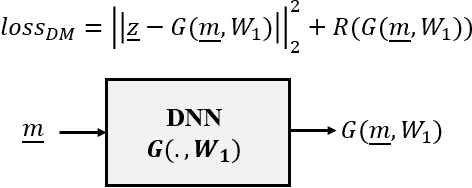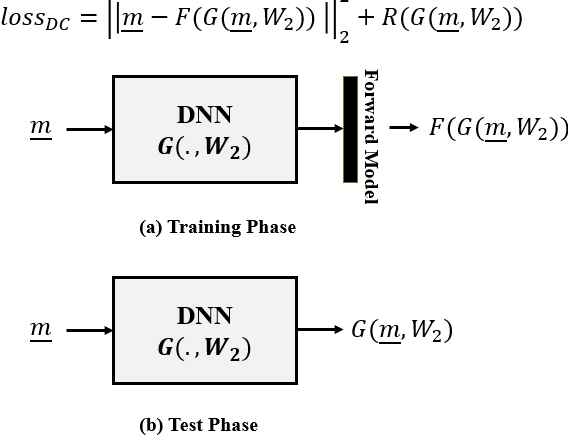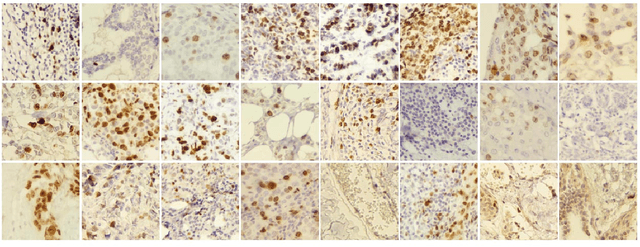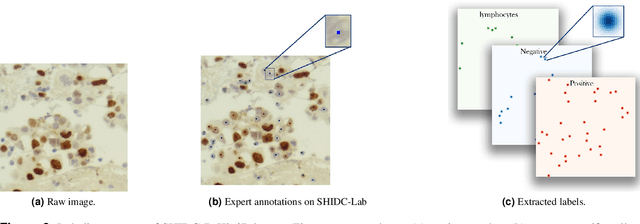Rasool Sabzi
Survey of Deep Learning Methods for Inverse Problems
Nov 13, 2021



Abstract:In this paper we investigate a variety of deep learning strategies for solving inverse problems. We classify existing deep learning solutions for inverse problems into three categories of Direct Mapping, Data Consistency Optimizer, and Deep Regularizer. We choose a sample of each inverse problem type, so as to compare the robustness of the three categories, and report a statistical analysis of their differences. We perform extensive experiments on the classic problem of linear regression and three well-known inverse problems in computer vision, namely image denoising, 3D human face inverse rendering, and object tracking, selected as representative prototypes for each class of inverse problems. The overall results and the statistical analyses show that the solution categories have a robustness behaviour dependent on the type of inverse problem domain, and specifically dependent on whether or not the problem includes measurement outliers. Based on our experimental results, we conclude by proposing the most robust solution category for each inverse problem class.
PathoNet: Deep learning assisted evaluation of Ki-67 and tumor infiltrating lymphocytes (TILs) as prognostic factors in breast cancer; A large dataset and baseline
Oct 20, 2020



Abstract:The nuclear protein Ki-67 and Tumor infiltrating lymphocytes (TILs) have been introduced as prognostic factors in predicting tumor progression and its treatment response. The value of the Ki-67 index and TILs in approach to heterogeneous tumors such as Breast cancer (BC), known as the most common cancer in women worldwide, has been highlighted in the literature. Due to the indeterminable and subjective nature of Ki-67 as well as TILs scoring, automated methods using machine learning, specifically approaches based on deep learning, have attracted attention. Yet, deep learning methods need considerable annotated data. In the absence of publicly available benchmarks for BC Ki-67 stained cell detection and further annotated classification of cells, we propose SHIDC-BC-Ki-67 as a dataset for the aforementioned purpose. We also introduce a novel pipeline and a backend, namely PathoNet for Ki-67 immunostained cell detection and classification and simultaneous determination of intratumoral TILs score. Further, we show that despite facing challenges, our proposed backend, PathoNet, outperforms the state of the art methods proposed to date in the harmonic mean measure.
Deep Generative Models: Deterministic Prediction with an Application in Inverse Rendering
Mar 11, 2019



Abstract:Deep generative models are stochastic neural networks capable of learning the distribution of data so as to generate new samples. Conditional Variational Autoencoder (CVAE) is a powerful deep generative model aiming at maximizing the lower bound of training data log-likelihood. In the CVAE structure, there is appropriate regularizer, which makes it applicable for suitably constraining the solution space in solving ill-posed problems and providing high generalization power. Considering the stochastic prediction characteristic in CVAE, depending on the problem at hand, it is desirable to be able to control the uncertainty in CVAE predictions. Therefore, in this paper we analyze the impact of CVAE's condition on the diversity of solutions given by our designed CVAE in 3D shape inverse rendering as a prediction problem. The experimental results using Modelnet10 and Shapenet datasets show the appropriate performance of our designed CVAE and verify the hypothesis: \emph{"The more informative the conditions in terms of object pose are, the less diverse the CVAE predictions are}".
 Add to Chrome
Add to Chrome Add to Firefox
Add to Firefox Add to Edge
Add to Edge